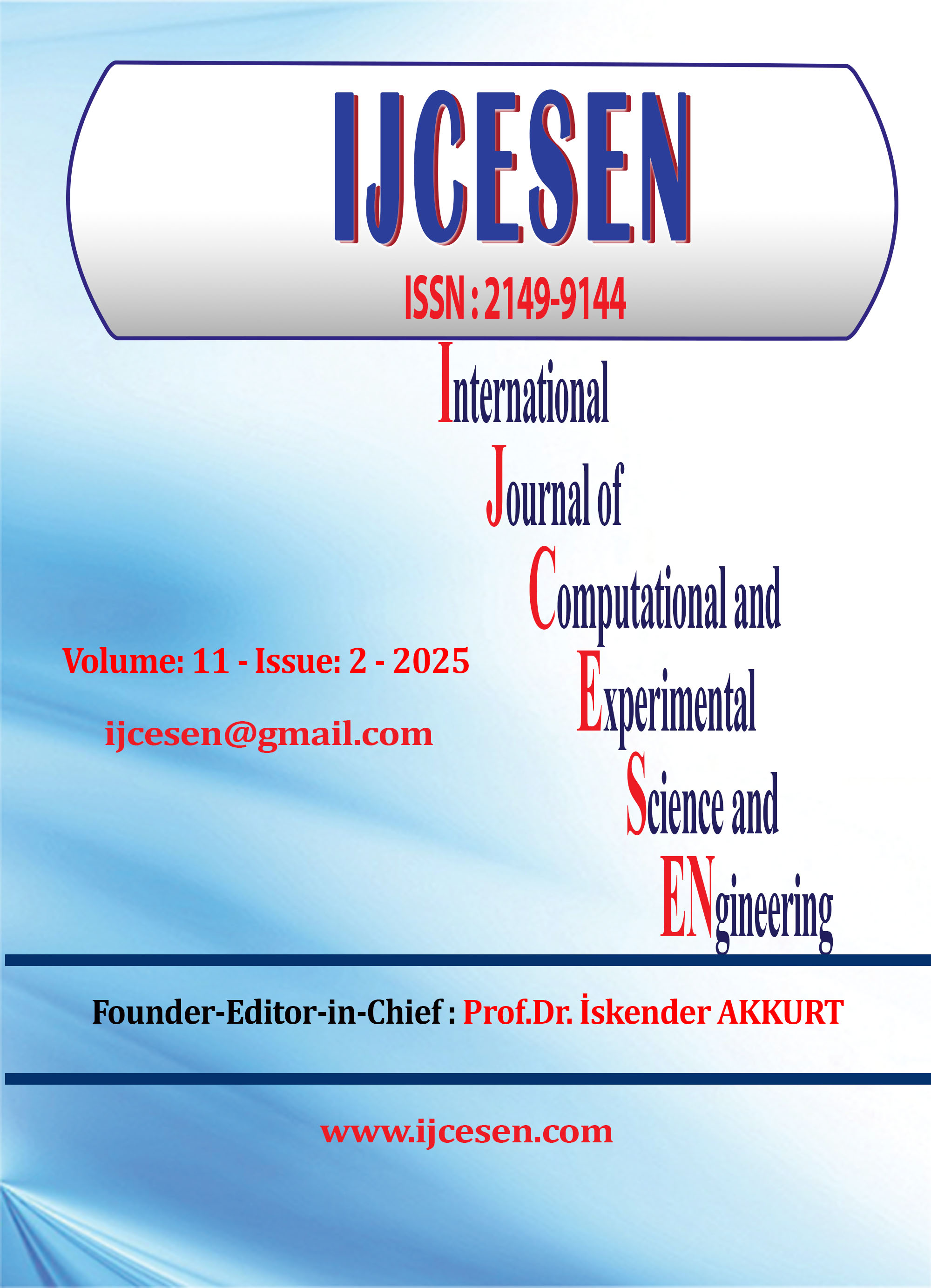Economic Analysis of proposed Ramadi Karbala Railway Project in Iraq
DOI:
https://doi.org/10.22399/ijcesen.1294Keywords:
cost benefit analysis, railway engineering, Economic evaluation, Operating cost, Transportation.Abstract
In the majority of nations, the railway network is regarded as one of the main pillars of the economy. Here, the user benefit of installing a new railway track connecting the western Iraqi cities of Ramadi and Karbala was examined. The new railway line's operational expenses are contrasted with those of the current forms of transportation, which rely solely on multilane highways to connect the two cities. The associated parameters used in the cost-benefit methods were used in the analysis. The findings demonstrate that there is no user benefit and the economic assessment is negative when building and other initial costs are included. In contrast, the implementation of such transportation projects in the actual world has an impact on the advancement of society. Apart from the upfront expenses, like in the case of the construction of the road, this article determined that the proposed project has a great deal to offer users when accidents, time-saving expenses, and environmental effects are considered operating. Using a cost-benefit analysis, this study compares the effects of the existing modes of transportation (roadway travel) and tries to understand the impact of introducing a new one (railway travel).
References
Mohamed Hamed, M., A.M. Shubber, A., & Al Razzak T.Zboon, A. (2016). Evaluation of the Operational Speed for Iraqi Railways Using Geomatics Techniques. Engineering and Technology Journal, 34(12A), 2249-2257. https://doi.org/10.30684/etj.34.12A.8
Dunya S. Ellk, Alyaa H. Mohsin and Siham Idan Salih, (2024). Evaluation of the Quality of Railways Performance in Iraq (Baghdad -Basra Line as a Case Study), Tikrit Journal of Engineering Sciences 31(3):151-158. https://doi.org/10.25130/tjes.31.3.14
American Railway Engineering and Maintenance-of-Way Association (AREMA), (2019) “Practical Guide to Railway Engineering”, http://www.arema.org/eseries/scriptcontent/custom/e_arema/practical_guide.html.
Annam K. Hadi, (2024). Study and Follow-up of the Iraqi Railway System utilize GIS. International Journal for Scientific Research, London. 3(11) https://doi.org/10.59992/IJSR.2024.v3n11p6
European Commission (2012). European railways: Commission promotes interoperability and competitiveness 2012,Press release , Reference: IP/12/40 ,Event Date: 25/01/2012 http://europa.eu/rapid/pressReleasesAction.do?reference=IP/12/40&.
Jacono, M., and Levinson, D. (2008), “Review of Methods for Estimating the Economic Impact of Transportation Improvements of Transportation Improvements”, 2008. http://nexus.umn.edu/papers/EstimatingEconomicImpact.pdf
DEAT (2004). Cost Benefit Analysis, Integrated Environmental Management, Information Series 8, Department of Environmental Affairs and Tourism (DEAT), Pretoria. https://www.dffe.gov.za/sites/default/files/docs/series8_costbenefit_analysis.pdf
Wright, P. H., Ashford, N. J., & Stammer, R. J. (1998). Transportation Engineering: Planning and Design (4th edition). https://www.textbookrush.com/browse/books/9780471173960
Transportation Economic Committee (2012) “Transportation Benefit-Cost Analysis”, TRB. https://sites.google.com/site/benefitcostanalysis/types-of-measures/benefit-cost-ratio?authuser=0
Kelleher, J., and MacCormack, J. (2004), Internal Rate of Return: A Cautionary Tale ,CFO, NY, USA, http://www.cfo.com/article.cfm/3304945.
Yucong, H., Weiping, W., and Qin L., (2010) Research on cost and benefits national economic evaluation model for urban underground expressway project , International Conference on Mechanic Automation. https://ieeexplore.ieee.org/document/5536728
Jian, L. , Feng, M., and Feng, X. (2011).,” Influence Factors and Principle Analysis about Division of Passenger Special Line and Existing Railway”, ASCE Conf. Proc, Proceedings of the Third International Conference on Transportation Engineering, ICTE, 2011. https://doi.org/10.1061/41184(419)199
Li, B., He D., Tang, Y., and Zihan Tang (2009) ,“Calculation Method of Overall Evaluation Railway Operating Expenses and Economic Indicator Analysis Based on Rough Set” , Proceedings of the Second International Conference on Transportation Engineering, International Conference on Transportation Engineering. https://doi.org/10.1061/41039(345)76
Nesterov, A.,“Railway operating costs evaluation model”, http://itib.finec.ru/05/papers/railway_operating_costs_evaluation_model.pdf
Todd, T. A., (2009) Transportation Cost and Benefit Analysis Techniques, Estimates and Implications, 2nd Edition, Victoria Transport Policy Institute, Victoria, Canada. https://vtpi.org/tca/tca01.pdf
Garber, N.J. and Hoel, L.A. (2010) Traffic and Highway Engineering. 4th Edition, Cengage Learning, USA.
Levinson, D., Mathieu, J., Gillen, D. et al. (1997). The full cost of high-speed rail: an engineering approach. Ann Reg Sci 31;189–215. https://doi.org/10.1007/s001680050045
Donnges, C., Edmonds, G., and Johannessen, B., (2007) “Rural Road Maintenance: Sustaining the Benefits of Improved Access”, International Labour Organization, Geneva, Switzerland. https://www.ilo.org/sites/default/files/wcmsp5/groups/public/@asia/@ro-bangkok/documents/publication/wcms_bk_pb_226_en.pdf
Downloads
Published
How to Cite
Issue
Section
License
Copyright (c) 2025 International Journal of Computational and Experimental Science and Engineering

This work is licensed under a Creative Commons Attribution 4.0 International License.





